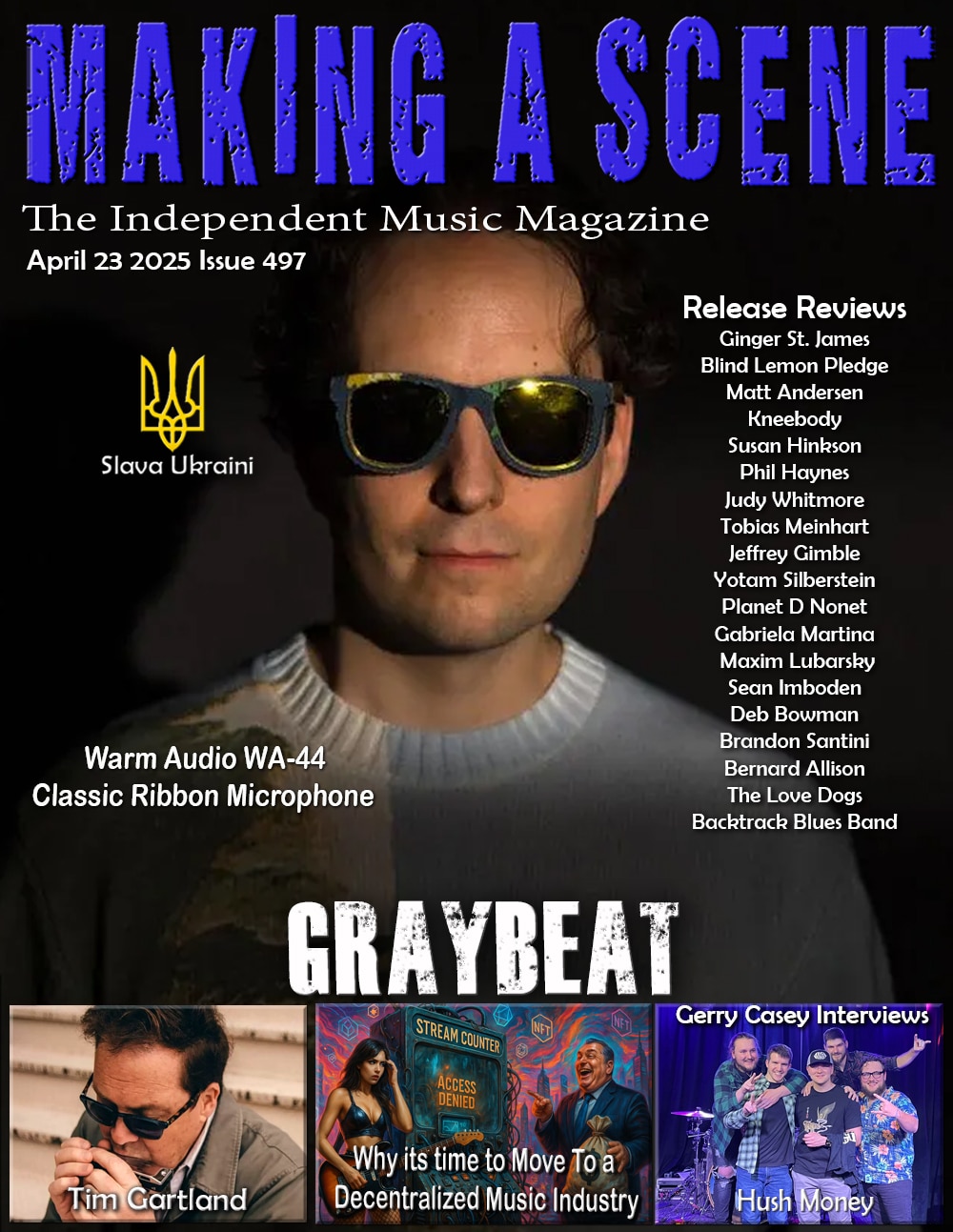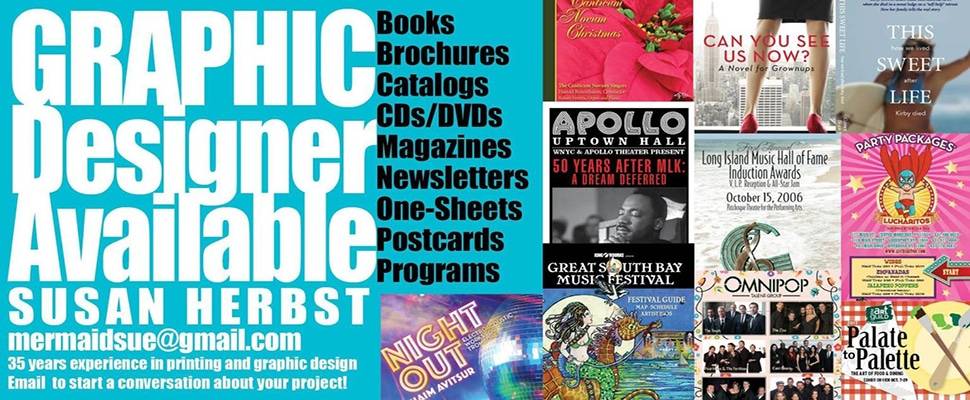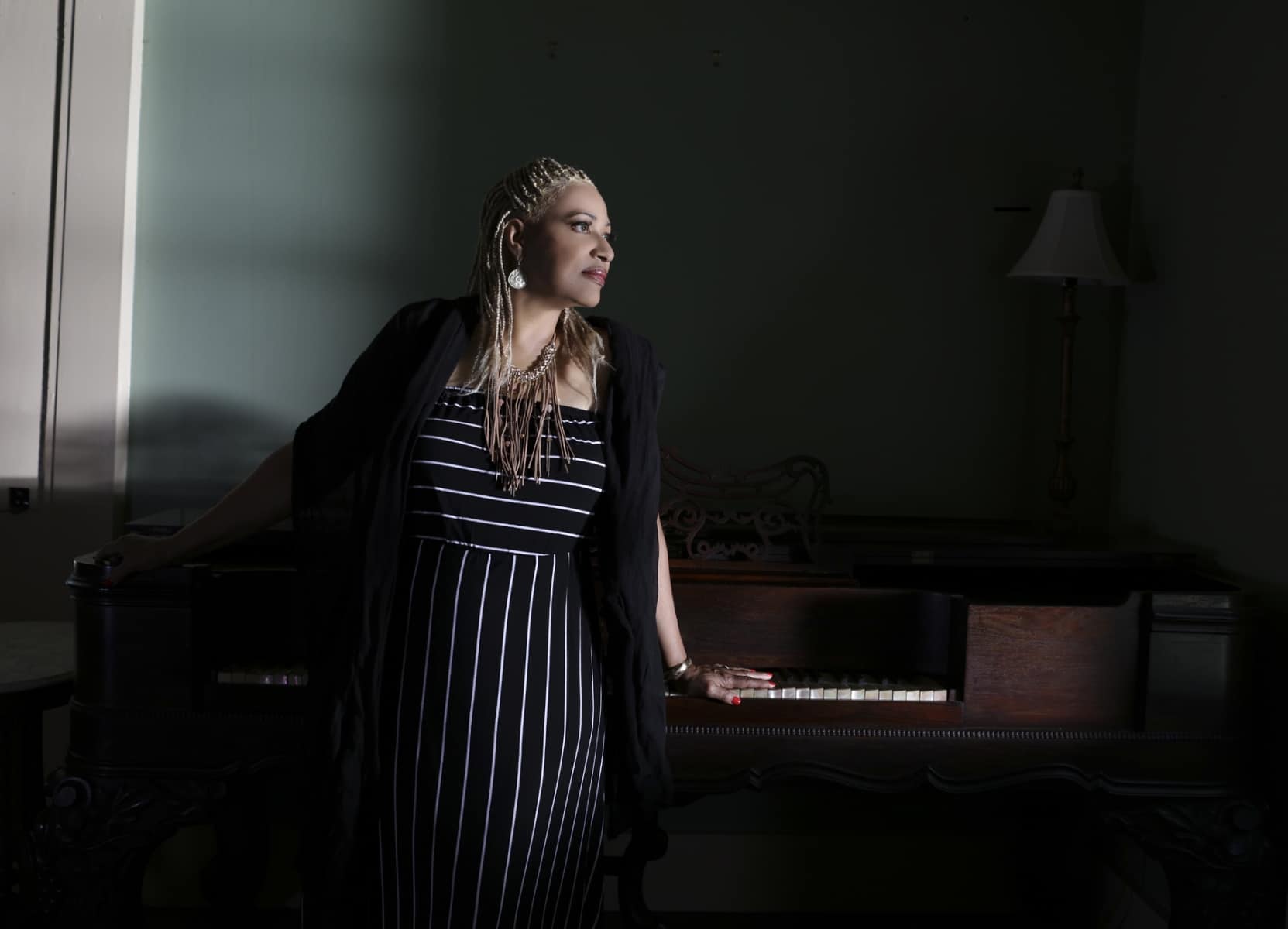Vaneese Thomas is Making a Scene
HOME PAGE
 |
 |
 |
 |
 |
 |
 |
 |
 |
 |
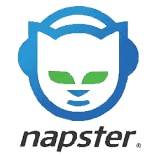 |
 |
Making a Scene Presents an Interview with Vaneese Thomas
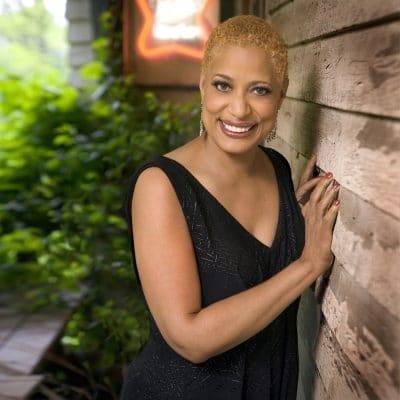 Fight the Good Fight, Vaneese Thomas’ new album on Blue Heart Records, represents the culmination of an amazingly diverse career for the youngest member of Memphis’ first family of soul. Its bracing blend of Memphis-style R&B, Americana, and other roots genres sets the album well apart from anything else currently on the contemporary market, underscoring Vaneese’s status as a highly innovative performer.
Fight the Good Fight, Vaneese Thomas’ new album on Blue Heart Records, represents the culmination of an amazingly diverse career for the youngest member of Memphis’ first family of soul. Its bracing blend of Memphis-style R&B, Americana, and other roots genres sets the album well apart from anything else currently on the contemporary market, underscoring Vaneese’s status as a highly innovative performer.
“It’s how I write anyway,” says Vaneese, who wrote or co-wrote everything on the new album. “I’m excited for the seeming inclusivity of Americana and roots music, which came from African-Americans in the first place, and then negated them for so many years. With this album, I am purposeful in sharing my voice in that community.”
Vaneese’s royal familial lineage guarantees that extraordinary music comes naturally to the singer. Her legendary father Rufus Thomas was one of the first blues artists on Sun Records and ignited more than a few dance crazes throughout the ‘60s and ‘70s as Stax Records’ resident funkmaster, racking up an avalanche of irresistible hits that included “Walking The Dog,” “Do The Funky Chicken,” and the R&B chart-topping “(Do The) Push And Pull.” The ebullient Rufus also graced the Memphis airwaves for decades as a hugely popular WDIA deejay, spinning the latest blues and soul platters as well as anything else that caught his fancy.
“Because Daddy was an announcer as well as a performer, I got both sides of the coin,” says Vaneese. “I saw how difficult the industry itself could be, both from a performer’s standpoint and a writer’s standpoint. But I also got access to so many wonderful records, because all of the record companies would send deejays promo copies of their songs that were coming out. So we had access to every type of music.”
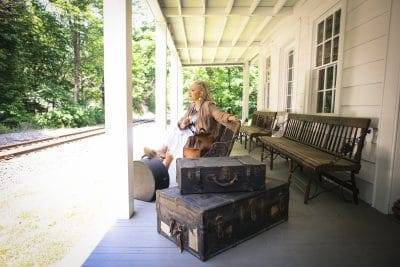 That dynamic talent rubbed off on the next generation of Thomases. Marvell Thomas, Vaneese’s older brother, was a brilliant and imaginative keyboardist who played on many Stax classics, including Isaac Hayes’ seminal Hot Buttered Soul album. Carla Thomas reigned as the Queen of Stax with a slew of ‘60s smashes, beginning with “Gee Whiz” and including “B-A-B-Y” and her playful duet with Otis Redding, “Tramp.”
That dynamic talent rubbed off on the next generation of Thomases. Marvell Thomas, Vaneese’s older brother, was a brilliant and imaginative keyboardist who played on many Stax classics, including Isaac Hayes’ seminal Hot Buttered Soul album. Carla Thomas reigned as the Queen of Stax with a slew of ‘60s smashes, beginning with “Gee Whiz” and including “B-A-B-Y” and her playful duet with Otis Redding, “Tramp.”
“Carla’s always been such a wonderful big sister,” says Vaneese, who sang background with Marvell on Carla’s 1964 single “A Boy Named Tom” when Vaneese was only a child. She fondly remembers her occasional trips to the Stax/Volt studio on East McLemore Avenue, usually in the company of her older sister.
“Carla would bring me down,” says Vaneese. “So I remember actually being a fly on the wall during one of their recording sessions. That is a precious memory.” Thomas had the unforgettable thrill of watching Redding record.
“He was just a powerful guy. So personable, so pleasant, and enormously talented. I don’t think people really know the strength of his talent—not just singing talent, but his writing, his production,” she says. “Because he produced his sessions like Daddy did—because they didn’t read music, they would go around and sing or hum the phrases they wanted the musicians to play. And then they would all put them together. And that’s exactly how Daddy did it.”
Vaneese’s musical goals had to wait for awhile. Her mom Lorene, a devoted Memphis social activist, harbored higher aspirations for her young daughter.
 “My mother did not want me near the business,” says Thomas. “She wanted me to be a lawyer.” Lorene’s commitment to the political cause was also highly influential on Vaneese’s development—check out the powerful messages contained within her new album’s selections “Raise The Alarm,” “Lost In The Wilderness,” and its title track for proof positive of that.
“My mother did not want me near the business,” says Thomas. “She wanted me to be a lawyer.” Lorene’s commitment to the political cause was also highly influential on Vaneese’s development—check out the powerful messages contained within her new album’s selections “Raise The Alarm,” “Lost In The Wilderness,” and its title track for proof positive of that.
“From the time I was born, Mommy was the recording secretary of the local NAACP. She also was a member of the 48th Ward Civic Club, which was our area where we were, the 48th Ward in Memphis,” says Vaneese. “I was a political animal right from the beginning. She took me when she went to picket and sit in. I went with her. I was so young, and she’d hold me by the hand and I did what she did.”
Instead of diving right into the Memphis soul arena as soon as she was old enough to sign a contract, Vaneese headed east to attend Swarthmore College outside of Philadelphia. There she found time to sing in the school’s gospel choir. “I helped start it in 1971,” she says.
Philadelphia was where Vaneese launched her secular performing career. She teamed with her Swarthmore friend Carolyn Mitchell (who co-wrote two songs with her on Fight the Good Fight) to break into the local studio scene as background singers. “We both lived in Philly in the late ‘70s, when Alpha Studios and Sigma Sound were very big in Philly,” says Thomas. “We wound up being alternate background singers for a lot of things that were happening in the studio.” Naturally, budding talent like theirs didn’t go unnoticed by local producers.
“We wound up getting a record deal of our own,” says Thomas. “Vaneese & Carolyn was the name of the act.” The pair waxed a soul-steeped 1977 single, “Let Me In,” for Polydor under the supervision of Philly arranger John Davis (he had a couple of hits with his Monster Orchestra during the same timeframe). Thomas wrote both sides of the platter, a talent she’s possessed “really since I was a teenager. It runs in the family. Daddy was a great songwriter, and I don’t mean just his novelty hits!”
 Vaneese & Carolyn encored the next year with “Just A Little Smile (From You)” before Thomas went on her own. “A friend of mine who’s a brilliant singer, Debra Henry,” says Vaneese, “she lived in Virginia, and called me and said, ‘You know, I’ve got some friends in New York who need a vocalist.’ This was around 1981. ‘Do you want to go up and audition? They need a female in their recording group.’ And I did and got the gig.
Vaneese & Carolyn encored the next year with “Just A Little Smile (From You)” before Thomas went on her own. “A friend of mine who’s a brilliant singer, Debra Henry,” says Vaneese, “she lived in Virginia, and called me and said, ‘You know, I’ve got some friends in New York who need a vocalist.’ This was around 1981. ‘Do you want to go up and audition? They need a female in their recording group.’ And I did and got the gig.
“The record never came out, but I decided that I needed to be in New York at least part of the year to make some more connections. So I moved up in the spring of ‘82, and I met all of these fantastic musicians who would become famous themselves.”
Thomas has sung backgrounds over the years on countless sessions for everyone from Eric Clapton and Joe Cocker to Stevie Wonder and Michael Jackson—and that wasn’t the only place her golden pipes were put to excellent use. “I was doing jingles constantly, sometimes four or five a day,” she says. “I was blessed to have a really good career, a lucrative career, without having to go on the road.”
Vaneese met her husband, Wayne Warnecke (who plays a crucial role on Fight the Good Fight as a multi-instrumentalist, recording engineer, and as co-producer with Thomas), at Minot Sound Studios in White Plains, New York. “That was in 1983. He was an associate engineer at Minot, and he and his buddy Ernie Poccia were already writing together,” says Vaneese. “Ernie played bass, Wayne played drums, and he could tinkle around on the piano, but they didn’t have a lyricist.
“After I moved to New York, I had met several Westchester musicians, and Ernie was one of them. And he called me one night and said, ‘Yeah, my partner and I are writing a song, but we need a lyricist. Can you come over and try to work with us on this?’ And I did,” she says. “After that, we all started writing together. So that’s where Wayne and I met—at the studio.”
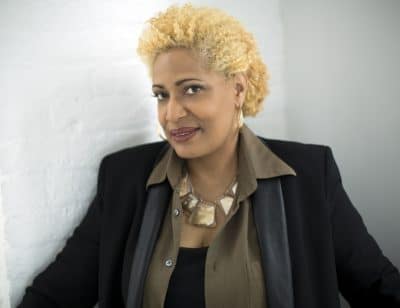 The prolific trio forged a writing and production relationship at Minot, where Vaneese worked with Melba Moore, Sarah Dash, Freddie Jackson, and Beau Williams. “Wayne and Ernie and I began writing there,” she says. “We called it Pre-Dawn Productions, because as soon as they closed down for the night, the owner would let us take over and let us use the studio all night. So that’s how we became writing partners and producing songs for other people.”
The prolific trio forged a writing and production relationship at Minot, where Vaneese worked with Melba Moore, Sarah Dash, Freddie Jackson, and Beau Williams. “Wayne and Ernie and I began writing there,” she says. “We called it Pre-Dawn Productions, because as soon as they closed down for the night, the owner would let us take over and let us use the studio all night. So that’s how we became writing partners and producing songs for other people.”
Vaneese made a memorable solo debut in 1987. Her soul-drenched ballad “Let’s Talk It Over,” which she wrote with Poccia, crashed the R&B Top Ten after its release on Geffen Records. “I played the keys on it, and in those days the drum machine was omnipresent, which I absolutely hate. But it was big in the ‘80s, so we used the drum machine,” says Vaneese. “Rather than have Ernie, who is a great bass player, Marcus Miller recorded there as well at Minot, and we asked him if he would stay over after his session and play on ours. And he did. He played on ‘Let’s Talk It Over,’ and that’s how we got him on that cut. And I’m just so proud of that.”
“(I Wanna Get) Close To You,” Vaneese’s Geffen follow-up later that year, just missed the same lofty R&B chart placement, peaking at #12 R&B (this time she was writing with Lenny White). “It was the three of us—Wayne, Ernie, and I—doing our funk thing,” she says. Both of Thomas’ hits were on her eponymous Geffen album, which made a sizable dent on Billboard’s R&B album chart.
Vaneese’s next Geffen single, “Heading In The Right Direction,” made a #76 R&B showing during the spring of 1988. “I was still working in jingles and records, but my record career just stalled,” says Vaneese. She was doing just fine on the songwriting front—no less a luminary than Diana Ross recorded Vaneese’s “One Shining Moment” and had a Top Ten U.K. hit with it in 1992.
 After her experience with Geffen, Vaneese’s albums have come out on labels that she and Wayne headed (they married in 1989). Peaceful Waters (also the name of their recording studio) released 1998’s When My Back’s Against the Wall), while Segue issued 2003’s A Woman’s Love; Soul Sister, Vol. 1: A Tribute to the Women of Soul in 2009, and the acclaimed Blues For My Father, a 2013 tribute to the incomparable Rufus. Along the way, Vaneese has sung on the television programs of David Letterman and Conan O’Brien and on movie and television soundtracks, voicing the characters of Clio the Muse in the Disney flick Hercules and Grace the Bass on PBS-TV’s Shining Time Station.
After her experience with Geffen, Vaneese’s albums have come out on labels that she and Wayne headed (they married in 1989). Peaceful Waters (also the name of their recording studio) released 1998’s When My Back’s Against the Wall), while Segue issued 2003’s A Woman’s Love; Soul Sister, Vol. 1: A Tribute to the Women of Soul in 2009, and the acclaimed Blues For My Father, a 2013 tribute to the incomparable Rufus. Along the way, Vaneese has sung on the television programs of David Letterman and Conan O’Brien and on movie and television soundtracks, voicing the characters of Clio the Muse in the Disney flick Hercules and Grace the Bass on PBS-TV’s Shining Time Station.
“I’ve had a varied career,” she notes. “But it’s mostly from knowing producers, record producers or jingle producers. I had a friend, Steve Horelick, who did the music for Shining Time Station. That’s how I got the gig as the vocalist. And my other friend, Michael Todd Cooper, was the Disney music supervisor. And he was the one who hired me to do the Hercules movie. I loved doing those, because I got to act and sing.”
Even the intimidating prospect of singing in the company of world-renowned opera singer Luciano Pavarotti didn’t faze her. “I sang with Pavarotti for many years because he used to have a charity event every year for children of war. It was in his hometown of Modena. And at least seven or eight years I sang. He had lots of artists on, and I sang with them,” says Vaneese.
“We went to Modena every year. I’ve been to Italy so many times, I feel like I live there, because I’ve been to Porretta a zillion times. That’s where Daddy’s amphitheater is, his park. There is a Rufus Thomas Park named after him, because he helped the founder of the soul festival get started. I’ve sung there many times.”
Thomas hopes to find more opportunities within the Americana field. The Black Opry recently invited her to be a special guest at a songwriters circle held in Memphis. “It’s an organization that’s dedicated to making sure the doors are open in roots music for African-Americans,” she says. “I sang with them one time, and I’m hoping to do more with the organization, whatever they need me to do, to sort of kick those doors open.”
 |  Spotify |  Deezer | Breaker |
 Pocket Cast |  Radio Public |  Stitcher |  TuneIn |
 IHeart Radio |  Mixcloud |  PlayerFM |  Amazon |
 Jiosaavn |  Gaana | Vurbl |  Audius |
Reason.Fm | |||
Find our Podcasts on these outlets
Buy Us a Cup of Coffee!
Join the movement in supporting Making a Scene, the premier independent resource for both emerging musicians and the dedicated fans who champion them.
We showcase this vibrant community that celebrates the raw talent and creative spirit driving the music industry forward. From insightful articles and in-depth interviews to exclusive content and insider tips, Making a Scene empowers artists to thrive and fans to discover their next favorite sound.
Together, let’s amplify the voices of independent musicians and forge unforgettable connections through the power of music
Make a one-time donation
Make a monthly donation
Make a yearly donation
Buy us a cup of Coffee!
Or enter a custom amount
Your contribution is appreciated.
Your contribution is appreciated.
Your contribution is appreciated.
DonateDonate monthlyDonate yearlyYou can donate directly through Paypal!
Subscribe to Our Newsletter
Discover more from Making A Scene!
Subscribe to get the latest posts sent to your email.





































